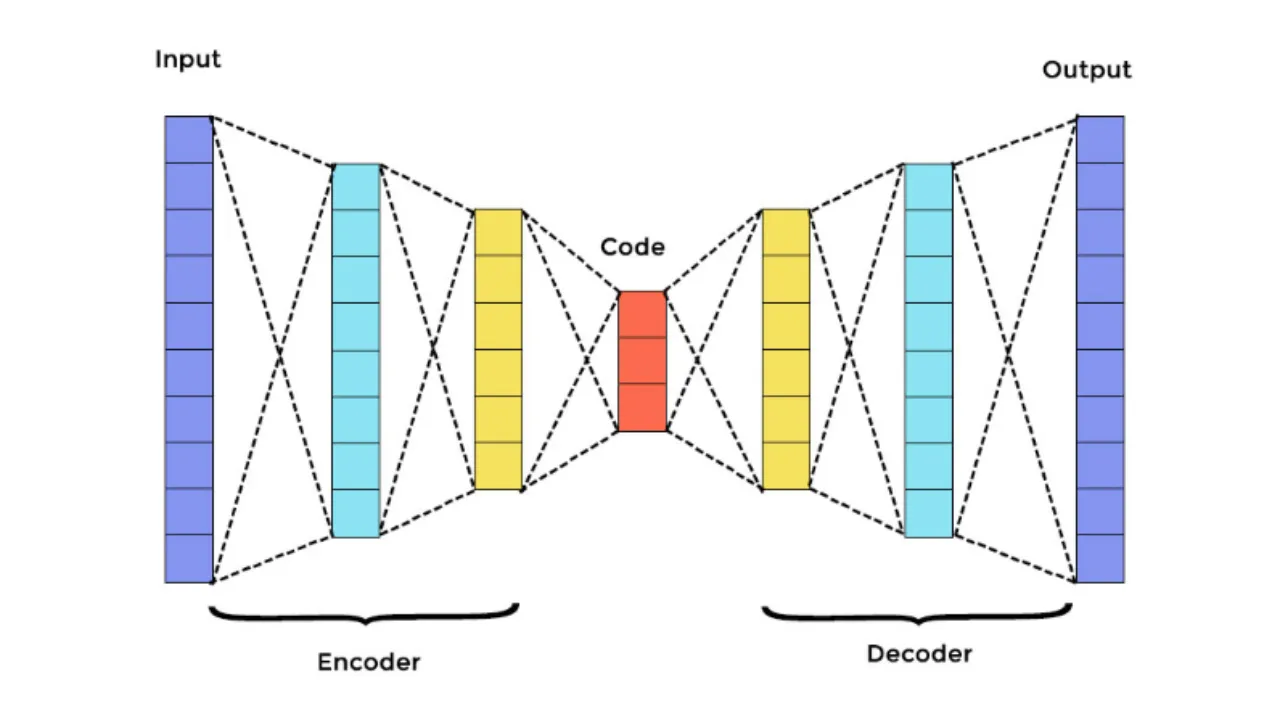Perform fraud detection using Autoencoders in TensorFlow
Learn what are AutoEncoders, how they work, their usage, and finally implement Autoencoders for anomaly detection.
AutoEncoder is a generative unsupervised deep learning algorithm used for reconstructing high-dimensional input data using a neural network with a narrow bottleneck layer in the middle which contains the latent representation of the input data.
Autoencoder consists of an Encoder and a Decoder.
- Encoder network: Accepts high-dimensional input data and translates it to latent low-dimensional data. The input size to an Encoder network is larger than its output size.
- Decoder network: The Decoder network receives the input from the Encoder coder’s output. Decoder’s objective is to reconstruct the input data. The output size of a Decoder network is larger than its input size.
The Autoencoder accepts high-dimensional input data, compress it down to the latent-space representation in the bottleneck hidden layer; the Decoder takes the latent representation of the data as an input to reconstruct the original input data.
Autoencoders Usage
- **Dimensionality Reduction. **The Encoder encodes the input into the hidden layer to reduce the dimensionality of linear and nonlinear data; hence it is more powerful than PCA.
- Recommendation Engines
- Anomaly Detection: Autoencoders tries to minimize the reconstruction error as part of its training. Anomalies are detected by checking the magnitude of the reconstruction loss.
- Denoising Images: An image that is corrupted can be restored to its original version.
- Image recognition: Stacked autoencoder are used for image recognition by learning the different features of an image.
- Image generation: Variational Autoencoder(VAE), a type of autoencoders, is used to generate images.
Read about different types of Autoencoder here.
#autoencoder #tensorflow #python #deep-learning #anomaly-detection
